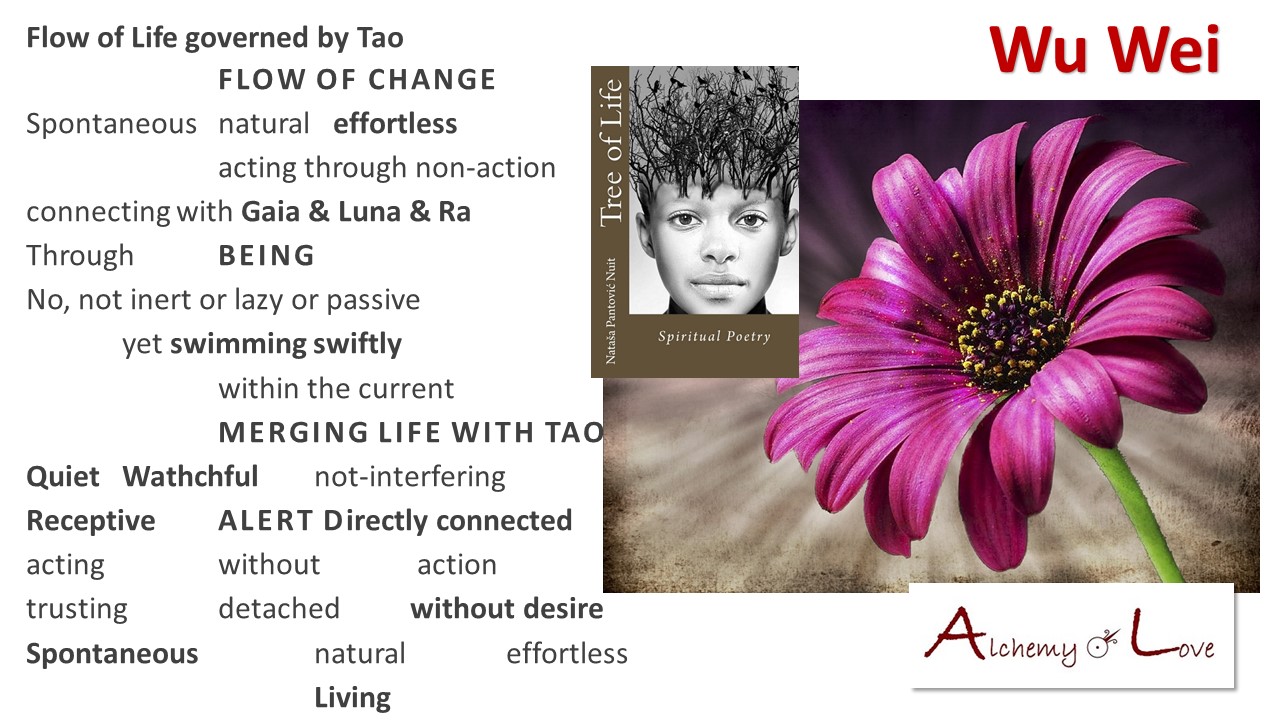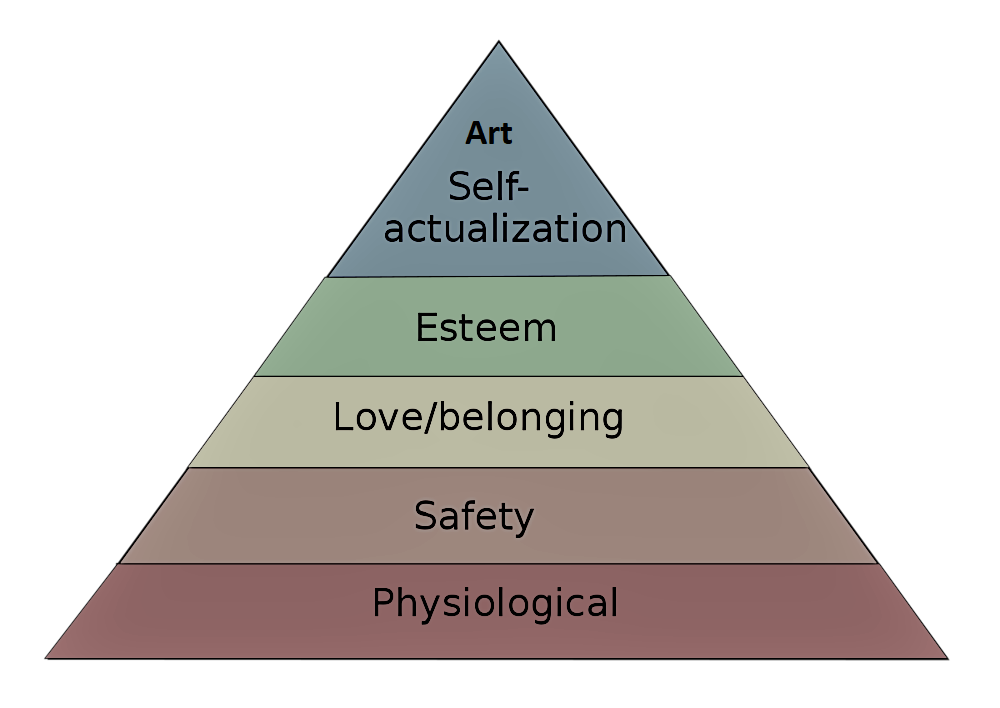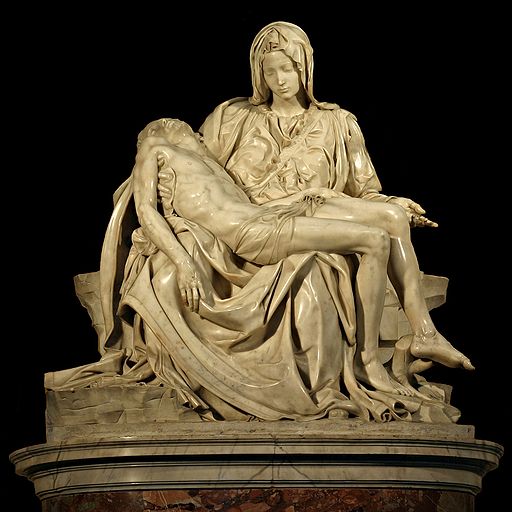Reconsidering Transcendence in Art
Presence or Absence of Divine Learning from Michelangelo and Van Gogh Art, Education, Spirituality, Quotes, defaultReconsidering Transcendence and spirituality in art
Spiritual Quotes
by Nataša Pantović
“Beauty is the word that shall be our first. Beauty is the last thing which the thinking intellect dares to approach, since only it dances as an uncontained splendor around the double constellation of the true and the good and their inseparable relation to one another. Beauty is the disinterested one, without which the ancient world refused to understand itself, a word which both imperceptibly and yet unmistakably has bid farewell to our new world, a world of interests, leaving it to its own avarice and sadness. No longer loved or fostered by religion, beauty is lifted from its face as a mask, and its absence exposes features on that face which threaten to become incomprehensible to man. We no longer dare to believe in beauty and we make of it a mere appearance in order the more easily to dispose of it. Our situation today shows that beauty demands for itself at least as much courage and decision as do truth and goodness, and she will not allow herself to be separated and banned from her two sisters without taking them along with herself in an act of mysterious vengeance. We can be sure that whoever sneers at her name as if she were the ornament of a bourgeois past — whether he admits it or not — can no longer pray and soon will no longer be able to love.”
— Hans Urs von Balthasar
On the 13th of May, I spent hours meditating on the reflections of the two-day international conference on 'Reconsidering Transcendence: Between Presence and Absence' organized by the Faculty of Theology of Malta and their most inspiring Dean John Berry. Invited by a soul-friend Alda, I knew I was up for a treat and I'll tell you in a minute why...
Michelangelo's Passion for Beauty and Transcendent consciousness

A cousin of mine, Milan Gutić, a University of Belgrade Art Graduate, whilst finalizing his first year of the Faculty of Mathematics, got so inspired by Michelangelo has decided to against the wishes of all his guardians focus on studying Art instead of Abstract Mathematics. During the Art studies, he has devoted one whole year to an inner project, or a joke, wheneupon he has answered any question related to the history of art with an aswer that relates back to Michelangelo's life or work. His profound passion for precision, resonated perfectly with Michelangelo's passion for beauty, his inner drive to go against all the authorities studying day and night, inside his tiny room so he could pass a very difficult entrance exam and his unwavering desire to produce perfect art works, totally reflect the unstoppable willpower that kept Michelangelo painting alone for 24 hours daily, for many days, and has since inspired many scientists to further understand the drive within this man.
Many a times, I have seen the Sistine Chapel in Vatican, he has painted literally on his-own, and his vision of God and Adam, when God gives Adam life has been admired and copied by many of the artists, or spiritual / consciousness researchers from around our beautiful planet.

Greek Golden Citizens: Pythagoras, Socrates, Plato and Aristotel About True Happiness
Art and Mystical Learning about Transcendent Nature of divine
Gregory of Nyssa about God, Light, Mysticism, Meditation
“God is incomprehensible; thus, it is presumptuous in the extreme to suppose that God can be defined by a set of human concepts. When we are speaking of God's inner nature, all that we can say is what that nature is not (Against Eunomius II [953 - 960, 1101 - 1108], IV 11 [524]).
Now all of you my dearest consciousness researchers will fully understaned my excitement to be learning from Christina Mystics about the divine through Art, Music or Sound.
Gregory of Nyssa was born in 335 AC. in Cappadocia (in present-day Turkey). He came from a large Christian family of ten children--five boys and five girls. As the eldest boy, Basil was the only one of Gregory's siblings to receive a formal education. So Basil became the teacher of his younger brother. Gregory's many discourses and books show that he was thoroughly at home with: Plato (427—347 BC), Aristotle (384 - 322 BC) and various contemporary Jewish writers.
Gregory argues that God's inner nature will always remain a mystery to us. He suggests that it is not Gaia's order defining our direct knowledge of God, but the blending of opposites into a harmonious whole, that reveals the power of the Creator. The direct method of knowing God's energies is by examining our own Goodness. Energies, Gregory contends, are the "powers" and "movements" by which substances are "manifested", their "idioma”. According to Gregory, the most important characteristic of the nature of the nous is that it provides for the unity of consciousness. Gregory uses the metaphor of a city in which family members come in by various gates but all meet somewhere inside, something mysterious yet real, I am sure each one of you has experienced.
Gregory regards the human body as a miniature, harmonious version of the cosmos as a whole, and according to him the nous is free. The final component of Gregory's belief is his theory of perfection, that asserts that the purpose of human life is to achieve nothing less than likeness to God (homoiosis theoi).
In his mystical teachings published in the book of The Life of Moses, Moses is pictured as one who has a thirst for utter intimacy with God, and Gregory guides us that:
- light is the symbol of knowledge; so the first stage of Moses' progress is the acquisition of pure intellectual knowledge of God.
- the second stage occurs atop Mount Sinai where he finds darkness, so when it comes to a more profound understanding of God, the relevant visual metaphor is :Darkness, and the relevant sound is: Silence. Since God cannot be perceived with the external senses, an internal mystical awareness is achieved through Silence.
- Within the third and final stage is Moses' vision of God's glory from the cleft in a rock. Moses, as Gregory interprets him, is one of those who crave ever more intimate communion with God, the process that continues forever.
Art as Inspiration of divine Learning from Michelangelo and Van Gogh
Was it Divine Inspiration or pure stubbornness within this beautiful soul that kept fighting with his contemporaries. We knew he trusted none, he did most of his work alone, with no time for sleep, rest or food… Personally, his Pieta has for many years resonated within me as a symbol of Parenting as the highest Spiritual Calling.

Michelangelo's Pietà in St. Peter's Basilica in the Vatican 1499
Van Gogh, in 1877, wrote this about Rembrandt: "the ground was dark, the sky still lit by the glow of the sun, already gone down, the row of houses and towers standing out above, the lights in the windows everywhere, everything reflected in the water." His work was mainly a reproduction of works of other artists and with his great sensibility, he was capable to enter into their paintings and experience them mystically. While creating his version of Pieta, Van Gogh writes to his brother: "The Delacroix is a "Pietà" that is to say the dead Christ with the Mater Dolorosa. The exhausted corpse lies on the ground in the entrance of a cave, the hands held before it on the left side, and the woman is behind it. It is in the evening after a thunderstorm, and that forlorn figure in blue clothes - the loose clothes are agitated by the wind - is sharply outlined against a sky in which violet clouds with golden edges are floating. She too stretches out her empty arms before her in a large gesture of despair, and one sees the good sturdy hands of a working woman..." As you can see, he fully absorbs the painting he wishes to interpret, he has the full knowledge of it, he fully emotionally comprehend its inner essence and than he mystically re-presents its divine essence.

Vincent van Gogh - Pietà (after Delacroix)
Vincent started painting when 28 years old and in eight years of painting he has painted over 800 paintings only one of which was sold in his life.
Vincent van Gogh Quotes about Art, Cosmos, People:
“I want to touch people with my art. I want them to say: he feels deeply, he feels tenderly...”
“It is good to love many things, for therein lies the true strength, and whosoever loves much performs much, and can accomplish much, and what is done in love is well done.”
“I dream my painting and I paint my dream.”
“Be clearly aware of the stars and infinity on high. Then life seems almost enchanted after all.”
“...and then, I have nature and art and poetry, and if that is not enough, what is enough?”
“There is nothing more truly artistic than to love people.”
“A great fire burns within me, but no one stops to warm themselves at it, and passers-by only see a wisp of smoke”
“I don't know anything with certainty, but seeing the stars makes me dream.”
“Normality is a paved road: It’s comfortable to walk, but no flowers grow on it.”
“If you hear a voice within you say you cannot paint, then by all means paint and that voice will be silenced.”
“I put my heart and soul into my work, and I have lost my mind in the process.”
“I often think that the night is more alive and more richly colored than the day.”
“What am I in the eyes of most people — a nonentity, an eccentric, or an unpleasant person — somebody who has no position in society and will never have; in short, the lowest of the low. All right, then — even if that were absolutely true, then I should one day like to show by my work what such an eccentric, such a nobody, has in his heart. That is my ambition, based less on resentment than on love in spite of everything, based more on a feeling of serenity than on passion. Though I am often in the depths of misery, there is still calmness, pure harmony and music inside me. I see paintings or drawings in the poorest cottages, in the dirtiest corners. And my mind is driven towards these things with an irresistible momentum.”
“Close friends are truly life's treasures. Sometimes they know us better than we know ourselves. With gentle honesty, they are there to guide and support us, to share our laughter and our tears. Their presence reminds us that we are never really alone.”
“What would life be if we had no courage to attempt anything?”
“The fishermen know that the sea is dangerous and the storm terrible, but they have never found these dangers sufficient reason for remaining ashore.”
“I am seeking, I am striving, I am in it with all my heart.”
“I try more and more to be myself, caring relatively little whether people approve or disapprove.”
“If you truly love nature, you will find beauty everywhere.”
“If I am worth anything later, I am worth something now. For wheat is wheat, even if people think it is a grass in the beginning.”
“Great things are not done by impulse, but by a series of small things brought together.”
Check Also
The Great Wave
Learning from Van Gogh & Hokusai about 19th Century Art Great Wave
The Starry Night Vincent van Gogh and Japanese print by Hokusai The Great-Wave
Mysticism within Art Leonardo da Vinci as Role Model
Mysticism , Role Models and enlightenment From Leonardo da Vinci Mona Lisa to Contemporary Art Projects by Nataša Pantović Leonardo da Vinci, the Portrait of a Man






Reconsidering Transcendence in Art No comments on Reconsidering Transcendence in Art: